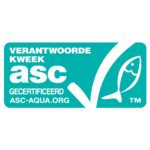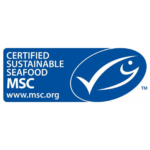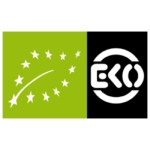Orange roughy
Worldwide
Bottom otter trawl
- Jan
- Feb
- Mar
- Apr
- May
- Jun
- Jul
- Aug
- Sep
- Oct
- Nov
- Dec
The orange roughy, red roughy, or slime head is a deep-sea species that can be found at depths of 1000 metres. This species can reach 75 cm in length, can weigh 7 kg, and can live up to be 149 years of age. The orange roughy is extremely vulnerable to overfishing and many populations have already collapsed.
Worldwide
Bottom otter trawl

Fish with the ASC label is farmed in a sustainable manner.

Fish with the MSC label is caught sustainably.
This fish is not being overfished or is being responsibly farmed, with minimal impact on the environment.
This fish is a second choice. There are still some improvements to be made in this fishery or fish farm.
Do not buy this fish. It's being overfished or the way it's farmed or caught has a negative impact on the environment.

There is fish available of this species that is farmed or caught using high welfare standards.

GlobalG.A.P. certified farms are doing a step in the right direction in terms of sustainability. A few species with this label are getting a better score on the VISwijzer.

Organic standards are the strictest when it comes to fish feed. They also require certain measures for animal well-being.